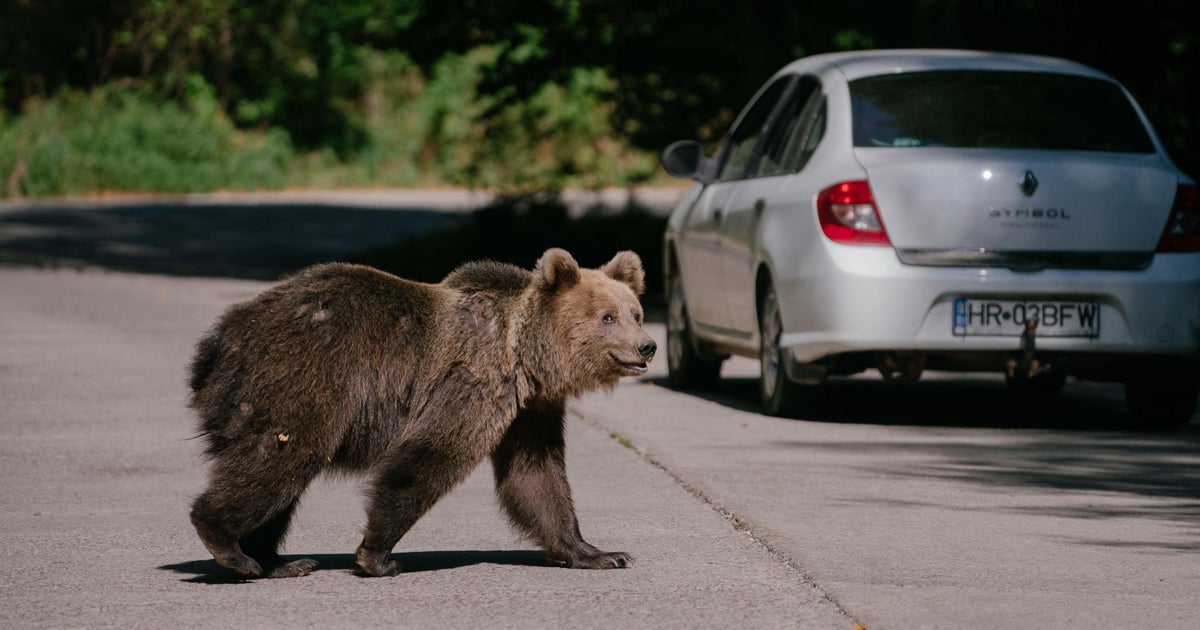
Romania has taken the unprecedented step of authorizing the culling of nearly 500 brown bears in response to a deadly attack on a hiker and growing concerns over population control.
The decision comes after a 19-year-old woman named Maria Diana was killed by a bear while hiking with her boyfriend in Romania's Carpathian Mountains last week.
According to reports, the bear attacked Ms. Diana on the trail and dragged her into the vegetation, dropping her into a chasm where it also fell. The animal was later shot dead after it tried to attack rescuers who arrived at the scene.
Romania's parliament held an emergency session following Ms. Diana's death, with Prime Minister Marcel Ciolacu urging lawmakers to take action against the overpopulation of brown bears in the country.
The European nation is home to Europe's largest population of brown bears outside Russia, with approximately 8,000 animals according to the environment ministry. Over the past two decades, 26 people have been killed and 274 others were injured due to bear incidents in Romania.
Environmental groups have criticized the decision to cull bears, arguing that measures such as improved waste management and preventing people from feeding animals are necessary to keep bears away from communities and effectively tackle the problem. However, lawmakers argue that the overpopulation of brown bears has contributed to an increase in attacks.
The legislation passed on Monday authorizes the culling of 481 bears this year, more than twice last year's total of 220. The focus should be shifted towards prevention and intervention as well as problem bears, according to environmental groups such as WWF Romania.
In 2023, approximately 7,500 emergency calls reporting bear sightings were recorded in Romania, more than double the number from the previous year. The urgency of the situation is evident from these statistics and the tragic death of Ms. Diana.




:max_bytes(150000):strip_icc():focal(742x298:744x300)/Bear-Carpathian-Mountains-tout-071224-83541c5e3120460d811162e7ad986e36.jpg)

